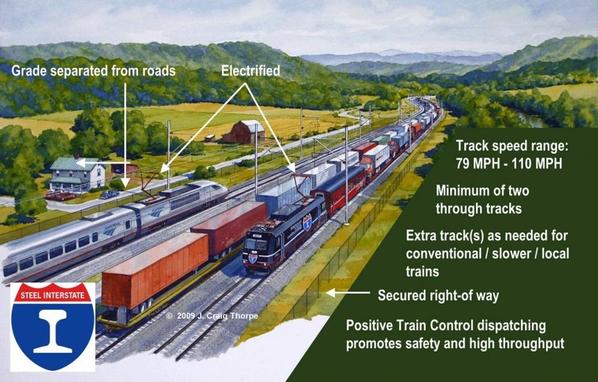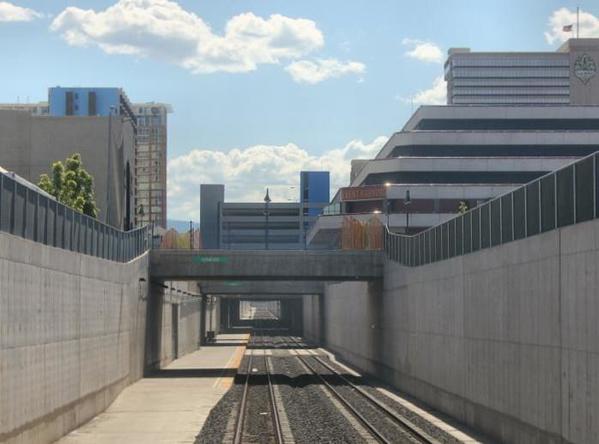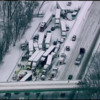Yeah, in 1956 GM was predicting self-drive cars for the 1970's. Wait and see.
https://youtu.be/Rx6keHpeYak?t=93
Characterizing railroads as primarily bulk-haulers is a serious over-generalization. It makes a lot more sense to put long-haul trucks/containers on railroads between major hubs and let trucks do the local deliveries. Clear the highways of long-haul heavy trucks to make it safer for automobiles.
Railroads have an inherent efficiency with self-guided steel wheels on steel rails which becomes increasingly important with higher speeds and higher fuel prices. And it's proven technology which is cost effective for widespread use as compared to maglev or untested future technologies.
If the USA ever develops high-speed grade-separated rail passenger service as already exists in France-Germany-Japan-China, rail passenger service will become increasingly attractive for medium-range trips of 1000+ miles. China has 5000+ miles of 124+mph rail routes with heavy usage.
France built their TGV network with new dedicated high-speed cross-country routes, but the trains can still run on connecting conventional tracks into city terminals, which helped keep the costs of construction manageable.
We're falling way behind in high-speed rail because of the highway culture in this country. Sure we want our personal automobiles, but a balanced transportation system will ultimately include high-speed rail for multiple reasons: fuel/energy efficiency, highway and airline congestion, less sensitive to weather disruptions, cost effectiveness as compared to alternatives, environmental factors, etc.
Self-drive cars will be no panacea for the cities. You still have highway and parking congestion to deal with. Self-drive vehicles may be theoretically possible but the technical complexity and costs and safety will be major issues for any wide-spread use. If we put too much faith in technology we could be crippled by satellite outages or software corruption or low-tech EMP weapons from rogue states. "Can't run the car, the computer is down."
We have 30,000+ vehicle-related fatalities annually in the USA. You want to believe that self-drive cars will fix that?



















